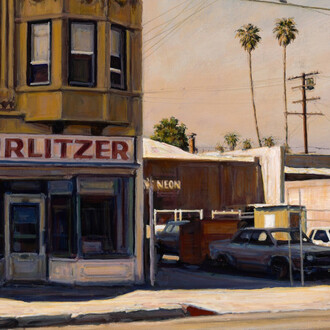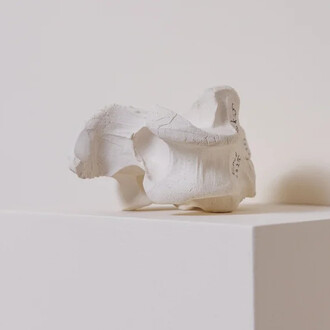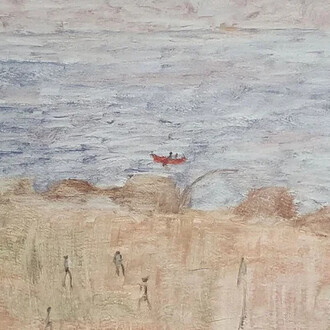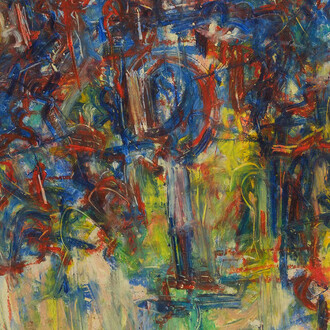Drawing on antiquarian images of the heavens, origin stories, and myths of early civilizations, A roadmap to stardust is a modern inquiry into the cosmos and humankind’s eagerness to explore distant planets. Astronomy, the most ancient of the natural sciences, is entwined with the religious, mythological, cosmological, and astrological beliefs of prehistory. While humans have looked to the stars for millennia, future stargazing may take on a more urgent tone as an escape from Earth’s changing climate.
Conceived by artists Neil Forrest and John Roloff (collaboratively known as OortCloudX), phase one of the three-part project, A roadmap to stardust, unfolds as an origin story around the excavation of an imagined archaeological site. Here, faux-historical artifacts hint at the discovery of the first telescope, assembled from a compilation of Greek amphora, crocodile skulls, warrior gear, and early technologies.
Inspired by the famous Mesopotamian Epic of Gilgamesh, wherein the titular character embarks on a journey to discover the secret to everlasting life, the immersive installation combines mysticism and modern science to reimagine the characters in a present-day narrative, influenced by science fiction and popular culture. Dioramas and cinematic murals illustrate past and future scenes: a past in which the ‘Sumerians’ built the telescope to scour the night sky; and a future in which astronaut characters, depicted as puppets, arrive on an unnamed, distant planet.
Within this alternative archeology, OortCloudX uses craft as a lens to look forward and back in time, searching through Western and non-Western cultures to inform their artistic investigation into speculative sciences. Two subsequent phases of the exhibition, taking place over the course of two years, will plot the exploration and exploitation of a fictional planet, and create imagined alternatives to manifest destiny and ecological anxiety.
















